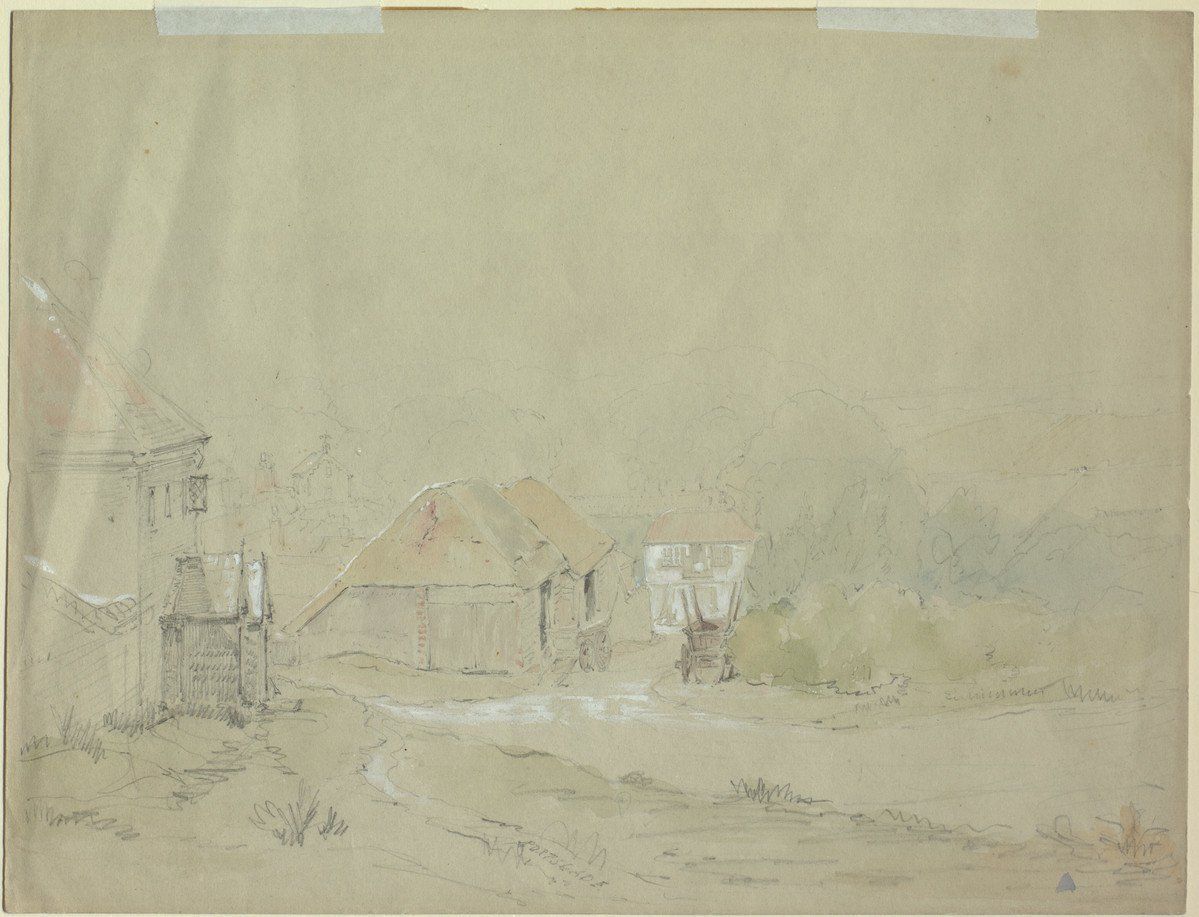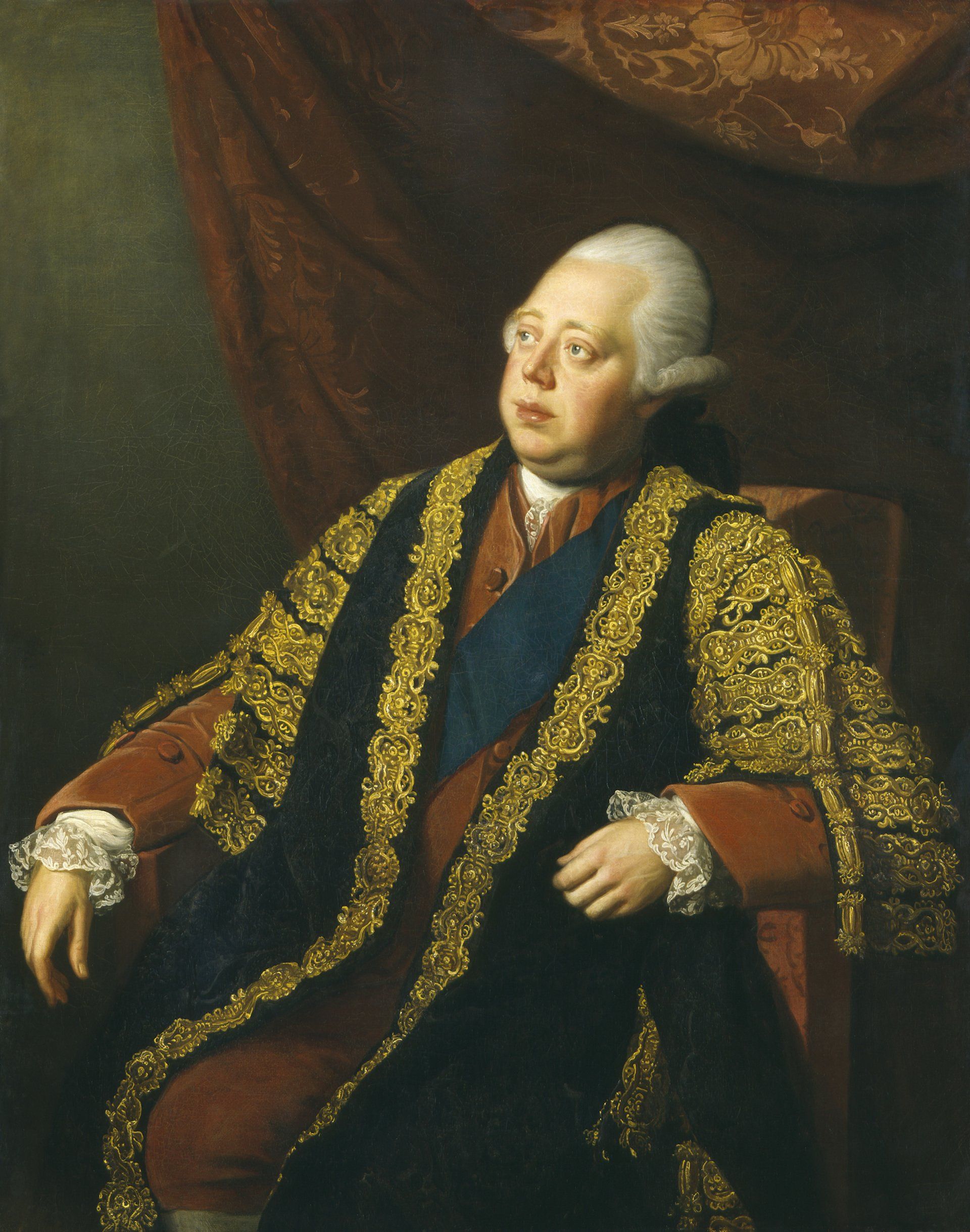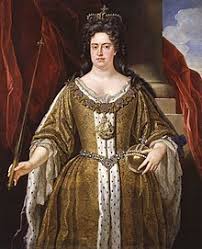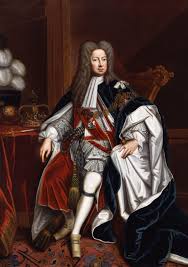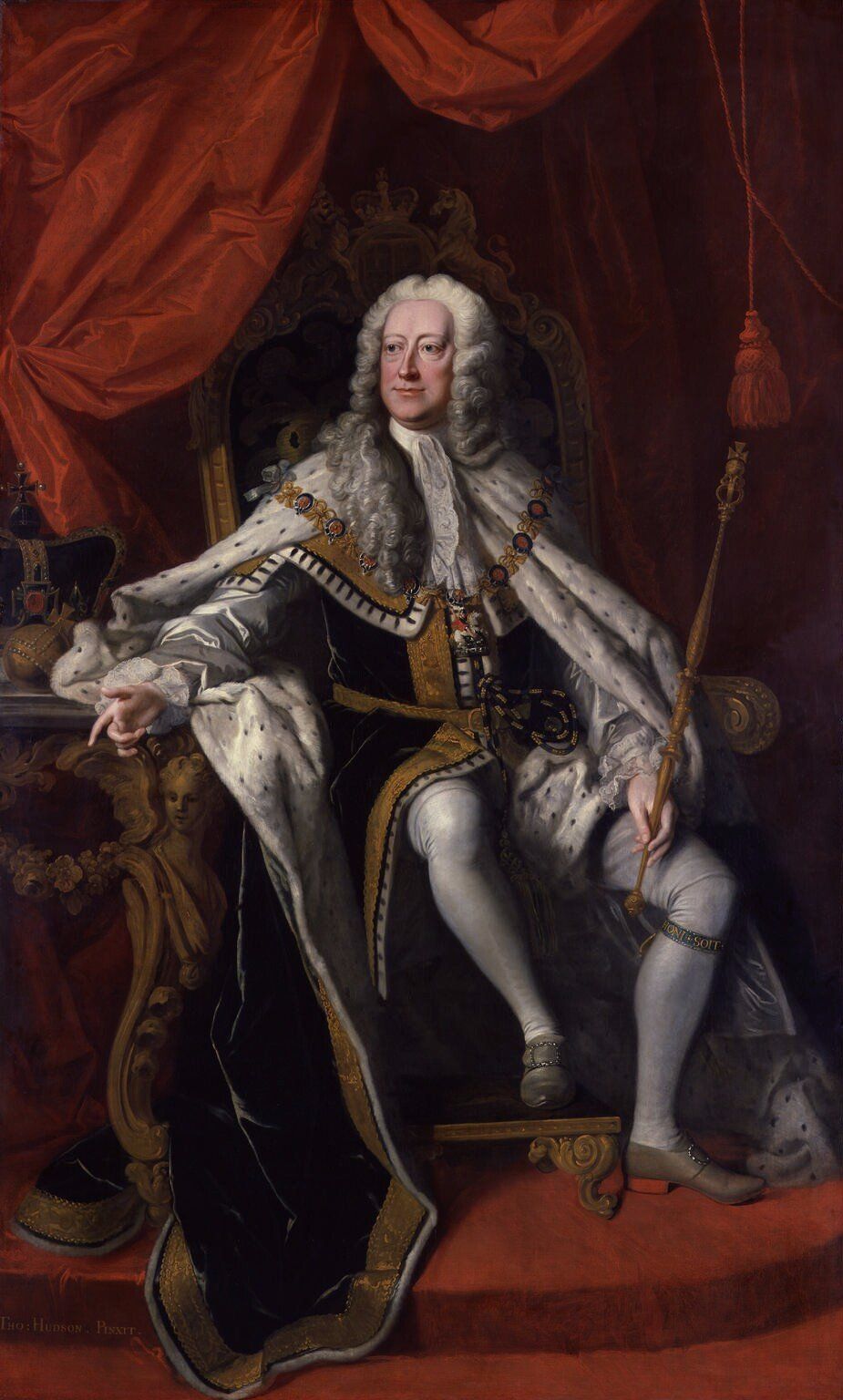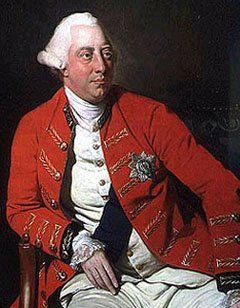18th Century Portslade
18th Century Portslade
What a century! Scotland united with England and Wales in 1707 to form Great Britain, the War of Independence was raging with America, and the first Industrial Revolution began.
The Industrial Revolution led to an unprecedented population growth in towns. London’s population doubled to a million residents by 1800. The Portslade population in 1801 was 358. This compares to two in Aldrington and 101 in Hove. By the mid-18th century, Britain was the world’s leading commercial nation, controlling a huge empire.
Tea drinking became popular with rich and the poor alike, although meat eating was only for the affluent. Gin was cheap and sold everywhere and many ruined their health by drinking it. The first mention of a brewery at Portslade occurs in 1789. The George Pub has been in existence on the same site since around 1720, although the building has altered over the years. The George was often used as a place to hold meetings and auctions of property or horses.
Britain seemed to be at constant war during the 18th century, including the Anglo-French wars, the Irish rebellion and the Jacobite rebellions, which culminated at Culloden in 1746. As a result, taxes increased, including taxes on male servants to fund the Americas war. This pathed the way for more females to get jobs. In Portslade village, Manor Lodge, which was built in 1785, employed servants who would have earned around £7 per year. Robins Row, built in 1740, would have been home to labourers and servants.
Education had been considered a privilege for upper class males only, but during the 17th and 18th centuries there began a shift to education for all. The first record of a teacher in Portslade was Elizabeth Godley in 1796. Aged just 17, she taught children in her home as there was no school building. She continued to do this for the next 50 years, with her daughter following in her footsteps and becoming the first mistress of a school built in South Street area in 1841. Both are buried in St Nicolas church.
Researched & written by Tracey Hayward
Pictured:
1. The Prince Regent, George IV
2. A painting of the old Portslade school, situated in the Old Farmhouse.
3. Political satire of the day.
4. Manor Lodge, Portslade.
5. Lord North, who introduced the servant tax.
6. Robins Row, Portslade.
18th century events from across the country
1737 - HMS Victory is launched
1785 - First edition of The Times
Kings and Queens of the 18th century
William III 1689 - 1702
Anne 1702 - 1714
George I 1714 - 1727
George II 1727 - 1760
George III 1760 - 1820
Lords of The Manor of Portslade
William Westbrook 1680 - 1704
Elizabeth Westbrook 1704 - 1717
Thomas Andrew 1717 - 1734
Thomas Foley 1739 -1750
William Watson 1750 -1783
Elizabeth Lamb of Rye 1783 - 1806


